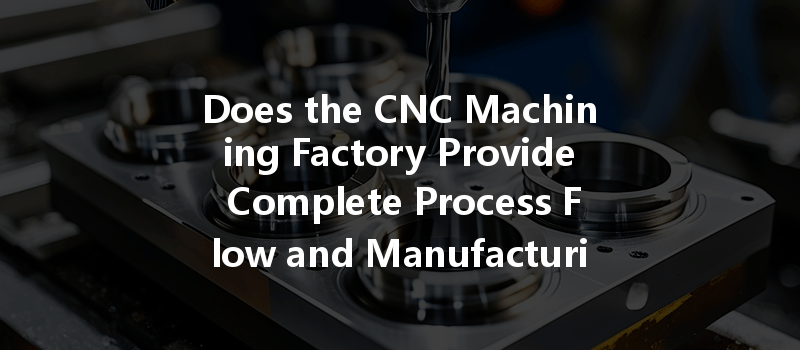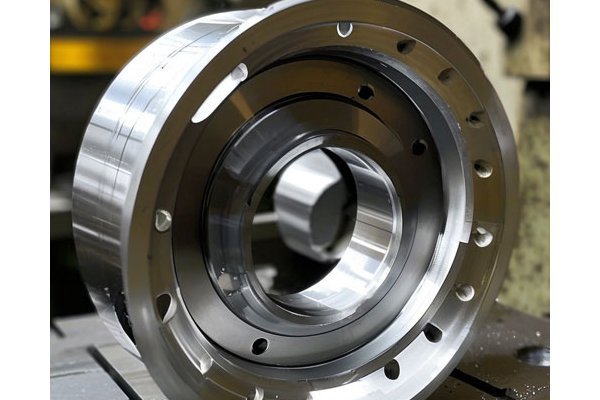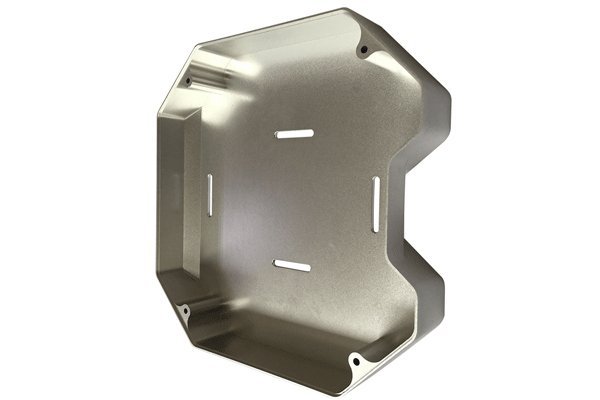: The Invisible Framework of Precision Manufacturing
Did you know that approximately 90% of the manufacturing industry agrees that comprehensive documentation is crucial for maintaining quality control during production? In the world of CNC (Computer Numerical Control) machining, the significance of maintaining a complete process flow and proper manufacturing documentation cannot be overstated. As companies strive for efficiency, accuracy, and scalability, understanding whether CNC machining factories provide these essential documents becomes imperative.
In this blog post, we will delve deep into the importance of process flow and manufacturing documentation in CNC machining. We’ll explore not only what these documents entail but also how they can significantly impact your CNC projects. Moreover, we’ll offer insights into choosing the right CNC machining partner who adheres to comprehensive documentation practices. So, let’s get started!
—
Before we dive into the specificities of process flow and manufacturing documentation, let’s first explore what CNC machining entails.
CNC machining is a manufacturing process that utilizes computer software to control machine tools. These machines can cut, mill, drill, and shape materials, primarily metals, plastics, and wood, to create components with high precision. However, to achieve optimal results, a well-documented process flow is vital.
1.1 What is Process Flow in CNC Machining?
Process flow refers to the step-by-step methods and operations employed during the manufacturing of a product. In CNC machining, a clear process flow can be broken down into the following components:
1.2 What is Manufacturing Documentation?
Manufacturing documentation encompasses all records that provide information about the CNC machining process. Important documents include:
—
2.1 Quality Assurance
Complete documentation is crucial for maintaining quality standards. In CNC machining, even a minor error in calculations or machine operation can lead to significant defects. When machines and operators follow meticulously documented processes, the likelihood of mistakes diminishes substantially. For instance, if a work instruction document specifies precise dimensions and tolerances, operators can effectively verify that parts conform to these specifications.
2.2 Enhanced Communication
In any manufacturing environment, communication is key. Clear documentation allows different departments—like design, engineering, and production—to be aligned. It ensures everyone is on the same page regarding specifications and quality standards. Effectively communicated documentation reduces the chance of misunderstandings, saving time and resources.
2.3 Increased Efficiency
A well-structured process flow leads to enhanced operational efficiency. This means reduced machining time and waste. With clear workflow documentation, the CNC machining factory can implement lean manufacturing techniques, allowing them to identify bottlenecks and streamline operations.
2.4 Troubleshooting and Continuous Improvement
When disruptions or failures occur, having a complete record of the process can aid in troubleshooting. Operators can trace back the steps to identify where the problem arose. Additionally, this documentation forms the foundation for continuous improvement practices. By analyzing past processes, factories can implement changes to enhance productivity and quality.
—
3.1 Design Documentation
This is often initiated with a comprehensive design phase. It includes details about the CAD files, material specifications, and tolerances. Ensuring that this documentation is correct is critical for the subsequent phases of CNC machining.
3.2 Operational Guidelines
Operational guidelines encompass a variety of documents, such as:
3.3 Quality Control Documents
Quality assurance in CNC machining entails a variety of tests and inspections. Essential documents should cover:

3.4 Maintenance Records
Regular maintenance is vital for the longevity and performance of CNC machines. Maintenance documentation, including service logs, parts replacements, and scheduled maintenance activities, should be well maintained.
3.5 Compliance and Certification
It’s essential that CNC machining factories comply with industry standards. Documentation should include proof of compliance with international standards such as ISO 9001, which governs quality management systems.
—
When selecting a CNC machining partner, their approach to documentation should be a significant criterion. Consider the following factors:
4.1 Ask About Their Documentation Processes
A reputable CNC machining factory should have well-defined documentation processes in place. They should be able to provide you with samples of their documentation practices upon request.
4.2 Inquire About Training Procedures
Training is imperative in a CNC environment. Ask about how they train employees regarding documentation practices and whether ongoing training occurs.
4.3 Review Their Quality Assurance Practices
Investigate the factory’s quality assurance practices. Ask about their approach towards quality, how often audits are conducted, and how they manage non-conformances.
4.4 Communication Procedures
Evaluate how the factory communicates with its clients. They should maintain an open line for discussing documentation, updates, and any discrepancies that may arise during machining.
4.5 Client Feedback and Case Studies
Seek out client testimonials or case studies that reflect the factory’s commitment to detailed documentation practices. This external validation can be invaluable in making your decision.
—
Once you’ve established a CNC machining partnership, it’s essential to implement best practices in process flow and documentation:
5.1 Set Clear Objectives
Establish clear goals and expectations regarding documentation at the start of a project. Communicate these objectives to your CNC machining partner to ensure alignment from the outset.
5.2 Regular Reviews and Updates
Schedule regular reviews of the documentation to ensure it remains accurate and relevant. This fosters a culture of continuous improvement and adaptability in manufacturing.
5.3 Foster Open Communication
Maintain an open line of communication with the CNC machining team. Encourage questions and discussions about documentation to address any ambiguities early on.
5.4 Invest in Training
Ensure that all team members involved in the CNC machining process are adequately trained in documentation principles. This can enhance overall quality assurance and operational efficiency.
5.5 Technology Integration
Consider leveraging software solutions to streamline documentation processes. Many modern CNC machining operations utilize manufacturing resource planning (MRP) or enterprise resource planning (ERP) systems to manage documentation seamlessly.
—
In conclusion, complete process flow and manufacturing documentation are the unseen pillars supporting the CNC machining industry. They lay the groundwork for quality assurance, operational efficiency, and effective communication. The importance of these elements cannot be overstated, as they are fundamental to producing high-quality products that meet industry standards.
As a decision-maker in the manufacturing sector, understanding the significance of comprehensive documentation can inform your choices. It allows you to select partners who align with your quality goals and streamline your operations. Becoming proactive in documenting processes sets the stage for success and sustainable growth in your CNC machining endeavors.
Remember, the success of your CNC projects is only as strong as the documentation that supports them. Embrace diligent documentation practices and foster a culture of continuous improvement—this will not only enhance your manufacturing processes but also position you as a leader in the rapidly evolving landscape of CNC machining.
Whether you are a seasoned professional or new to the industry, reflecting on your documentation practices can transform your approach to CNC machining. Let this serve as a reminder of the high standards you need to uphold in the manufacturing process for success and sustainability in your operations.






